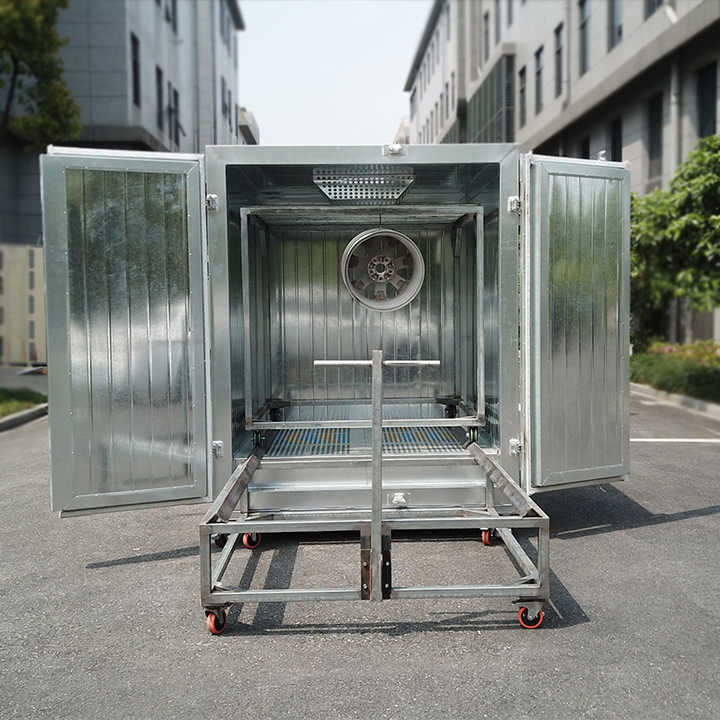
Cozy Corners Small Room Interior Design Inspirations
Exploring Cozy Corners: Small Room Interior Design
In the world of interior design, small spaces offer unique opportunities for creativity and innovation. Let’s delve into the realm of cozy corners and discover inspiring ideas for designing small room interiors that maximize both style and functionality.
Embracing Size Constraints: Designing for Compact Spaces
Decorating a small room requires a strategic approach that makes the most of every square inch. Embrace size constraints by choosing furniture and decor pieces that are scaled to fit the space. Look for sleek, multifunctional designs that serve multiple purposes without overwhelming the room. With thoughtful planning and careful consideration, even the smallest of rooms can feel spacious and inviting.
Maximizing Functionality: Practical Design Solutions
In a small room, every element should serve a purpose. Maximize functionality by opting for furniture with built-in storage solutions, such as ottomans with hidden compartments or beds with drawers underneath. Look for multi-purpose pieces, like convertible sofa beds or nesting tables, that can adapt to your changing needs. By prioritizing utility and efficiency, you can create a space that is both beautiful and practical.
Playing with Scale: Creating the Illusion of Space
Visual tricks can help make small rooms appear larger and more open than they actually are. Opt for furniture with slender profiles and open bases to create a sense of airiness. Choose low-profile seating and leggy tables to maintain sightlines and allow light to flow freely throughout the room. Incorporate mirrors strategically to reflect light and visually expand the space.
Incorporating Light: Brightening Diminutive Spaces
Natural light is a small room’s best friend, so maximize it whenever possible. Keep windows unobstructed and choose lightweight window treatments that allow sunlight to filter through. If natural light is limited, supplement it with strategically placed lamps and overhead fixtures to brighten the room. Consider light-colored walls and furnishings to reflect light and create a sense of openness.
Utilizing Vertical Space: Expanding Upwards
When floor space is limited, don’t forget about the vertical dimension. Utilize wall space for storage by installing floating shelves, hanging baskets, or wall-mounted cabinets. Consider tall bookcases or floor-to-ceiling drapes to draw the eye upward and create the illusion of height. By maximizing vertical space, you can keep clutter off the floor and make the most of every square inch.
Incorporating Color and Texture: Adding Depth and Dimension
Color and texture play a crucial role in small room design, adding personality and visual interest to the space. Opt for a light, neutral color palette to create a sense of openness and airiness. Incorporate pops of color through accessories and accent pieces to add vibrancy and warmth. Experiment with different textures, such as plush rugs, velvet upholstery, or woven baskets, to add depth and dimension to the room.
Creating Zones: Defining Separate Areas
In a small room, it’s essential to delineate distinct zones for different functions. Create separate areas for sleeping, working, and relaxing to maximize efficiency and organization. Use area rugs, furniture arrangement, and decorative elements to define each

:max_bytes(150000):strip_icc()/27372_LBurton_101822_05-4648d290e31e4097823387ecebc4f280.jpg)





